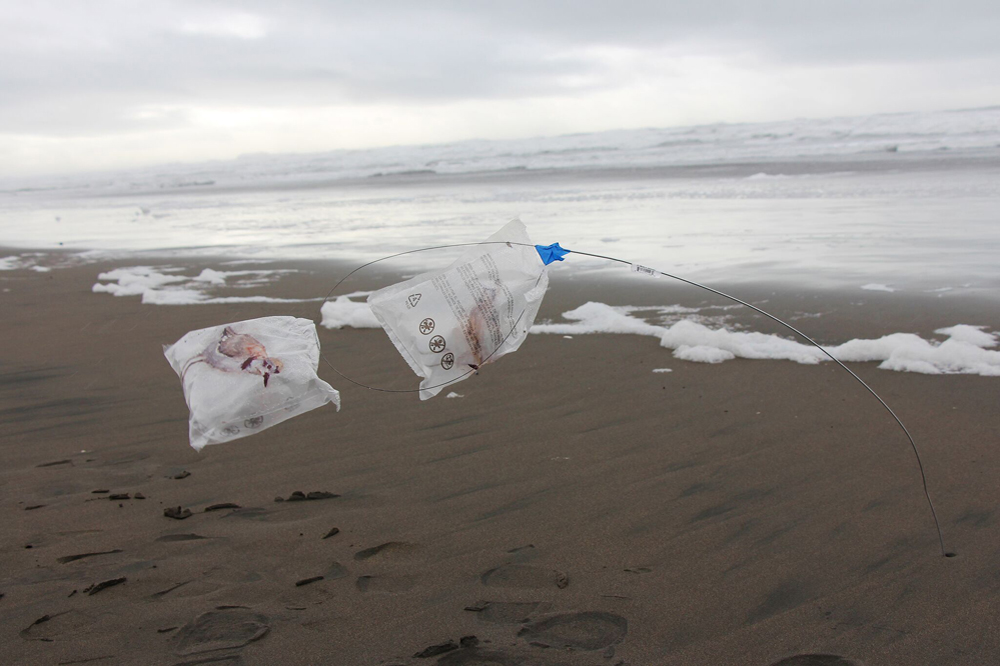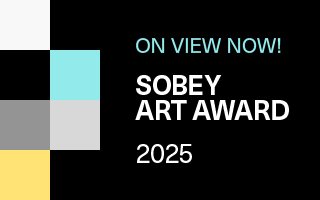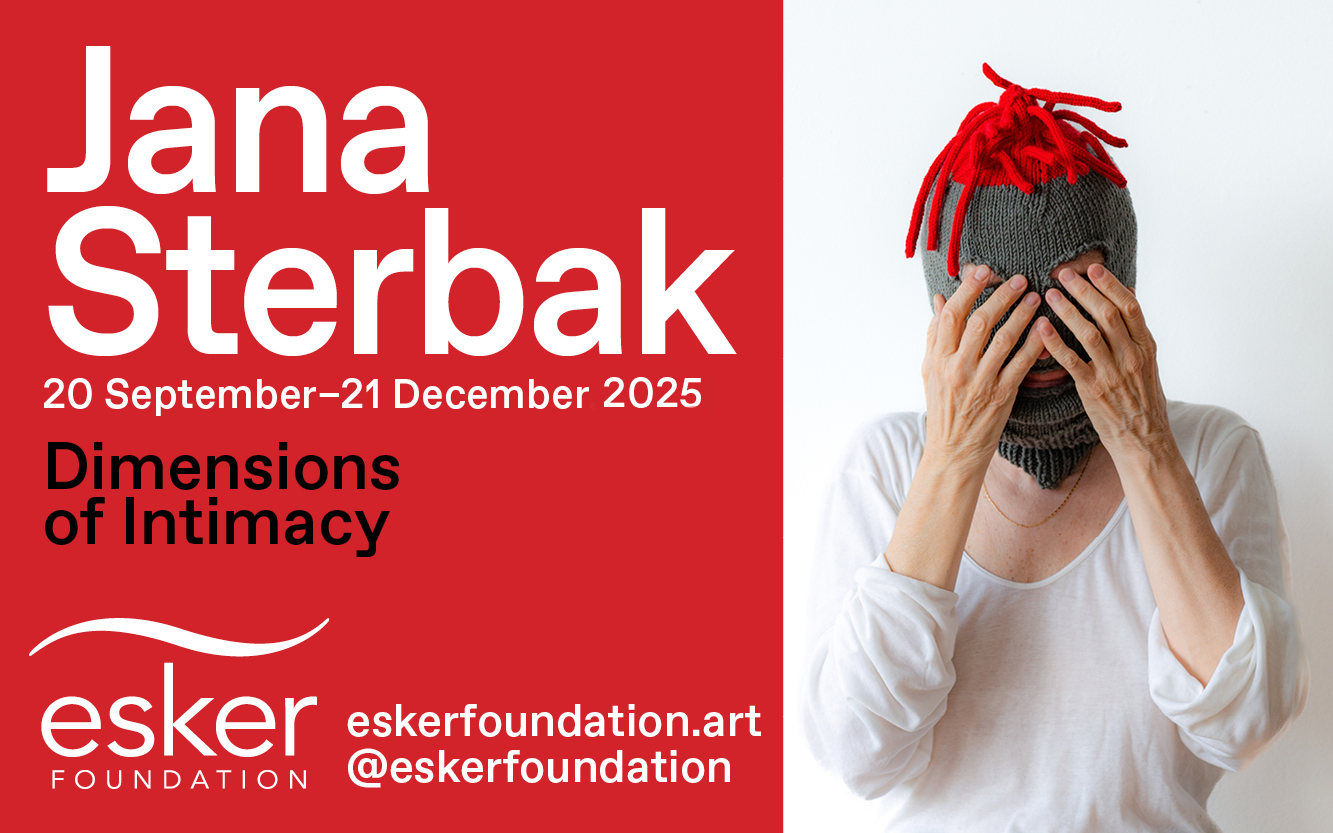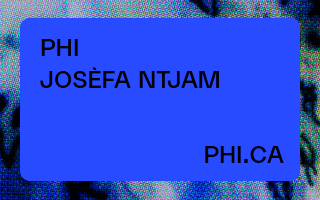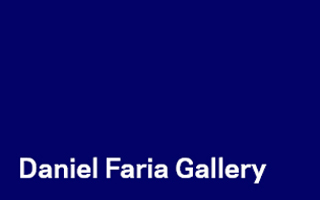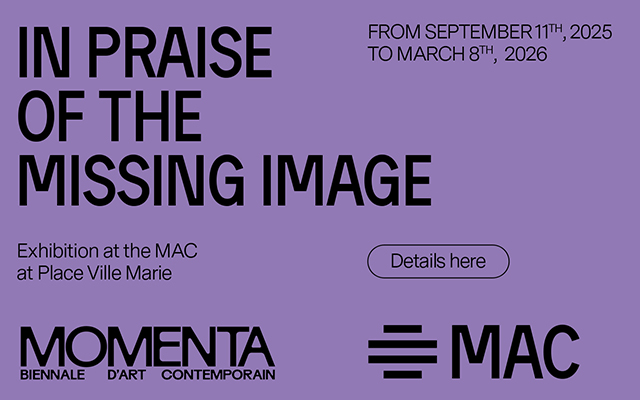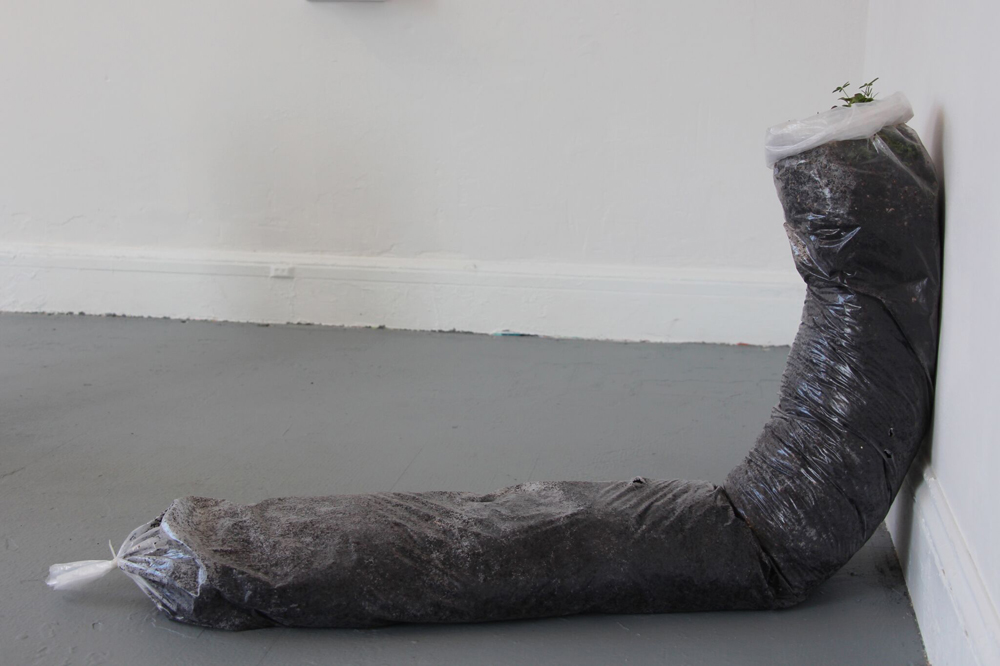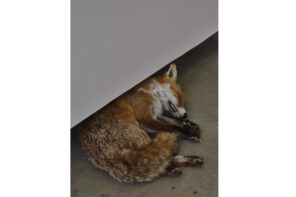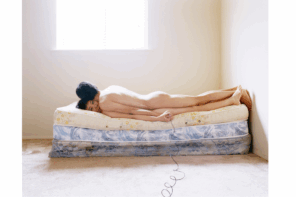An iconography of flora and fauna local to the Sunset District of San Francisco administers a powerful critique, in Alicia Escott’s current exhibition. Using flimsy materials – crumbling styrofoam, thin plastic, cheap wiring – she emphasizes the unsubstantial nature of belonging and suggests the interwoven natural, technological, and political dimensions of what exactly it means to to “be from” somewhere. Her critique arrives at our oversimplified binary of native and nonnative.
Escott, who has long maintained a studio in the foggy far-western neighborhood that runs into the (artificial) sand dunes of Ocean Beach, is deeply attuned to the ways that Sunset locals claim particular species as proprietary symbols. The endangered Snowy Plover – a bird frequently misidentified as different ocean birds that share its habitat – is one such emblem. To stage this misfiring of recognition, Escott’s video How to Talk to a Snowy Plover and Keep Your Clothes On… (2016) depicts painted images of the eponymous bird on plastic bags, which whip in the breeze like flags claiming new territory. These paintings are grounded precariously by wire stakes in a section of the beach near the tideline where false plovers are commonly mistaken for the genuine article by residents (typically Snowys nestle up in the dunes far from the waves).
The bags on which Escott’s plover are painted add an additional layer of fraught resonance. They are the instantly-recognizable air-filled sacs that Amazon uses as packing materials. In a city characterized by exponential differences in privilege and possibility, Amazon boxes offer a potent shorthand for its most privileged residents: Big Tech employees, for whom one-click-delivery services pile up boxes on condo doorsteps. These are the physical indices of gentrification. More universally, Amazon packaging signifies a kind of daily existence that is both globally connected and, for all practical purposes, nowhere at all. Even those of us who preach full-throated support for local businesses are often seduced by the time-saving decision to click a button rather than walk a block – knowing full-well that each time, we are less and less where we are.
And then there is, of course, the candid metaphor of an endangered species painted on a plastic bag – designed to pop, and propped up by sharp wires. Escott’s point is just as gentle as it is clever: when the painted Plover bags reappear in the exhibition as sculptures, nestled onto styrofoam plinths amid these same weapon-like wires, it somehow manages to read both as mild joke and sincere call to eco-activism. There is nothing obvious or didactic about this approach to environmentalist curiosity; that in itself is no small feat.
As with the plover, mistaken identity can change daily routine, and shape long-term policy. Escott shows herself complicit in the flawed, if earnest, logics underwriting these errors. In another piece, Domestic Interiors 3 x 5 (2017), she responds to studio visitors misnaming a local endangered butterfly Escott has been painting (the Xerxes Blue Butterfly), by acting as though these interlocutors are correct in their interpellation. In fact, she begins to grow the only plant, a type of lupine, that can serve as a habitat for the species that she wasn’t painting (the Mission Blue Butterfly). This lupine appears in the exhibition – also, of course, housed in plastic packaging. Slumped up against the wall in a comically long tube of soil with only a few leaves poking out of the top, the figure simultaneously evokes the inefficiencies of well-meaning conservation efforts; the ways that human tropes of ecology are limited by shallow, often mistaken perspectives; and how, seemingly, we must anthropomorphize nature in order to mobilize our care.
Escott’s interest is drawn over and again to the contradictions and complexities inherent to conversations about invasiveness and indigeneity. Here, in 2017, it’s nearly impossible not to transpose this from the aesthetic into the political realm. The rhetoric is instantly, sickeningly recognizable in “Make France French Again,” for example, which cynically privileged a group of people that seem more authentically “French” than others. And, of course, a similar logic runs through the exhausting and ubiquitous: “Make America Great Again.” Such language of belonging and greatness are wilfully ignorant, corrupt, abusive, and maddeningly, deeply, intentionally wrong. It is a testament to Another Brief History… that it easily supports nested contexts about displacement and the ciphers of the “non-native” figure – the invasive species – as especially vital themes now. A crackling line connects Escott’s painted ravens known for stealing other birds’ nests, condo-dwelling Amazon-orderers, and the charged language surrounding ICE deportations across America. Escott doesn’t insist on these connections directly, but it’s very difficult to gaze upon the birds and plants of this exhibition and not feel the sociological effects of immigration, denaturalization, and America’s “illegal” new arrivals.
Of course, the show is just as interested in taking up these tropes as formal problems. You can feel Escott’s gentle playfulness and curiosity about form as she loops her painted bags via wires in acrobatic configurations: sometimes streaming long trails of them from the ceiling to the floor like artificial waterfalls, sometimes pinning them to the gallery walls like a sloppy lepidopterist. For everything else that Another Brief History of the Sunset evokes, it’s centrally a story about the ways that we capture, display, and understand the natural world through limited imaginations.
The fragile, non-archival material of Another Brief History… is underpinned by the discipline of Escott’s vocabulary. The exhibition succeeds because of the sun-stained, narrow focus of its subjects, and the restraint in the artist’s suggestions that the work operates as social or political metaphor. For example, a simple painting of the sand grasses – imported to keep the manmade dunes of Ocean Beach from eroding onto the Great Highway – trusts us to connect locals ecology with the seemingly-natural systems that prop up our everyday understandings of who we are and where we come from. For someone so deeply interested in the politics of mis-recognition, Escott’s gesture is curiously, perhaps pointedly, generous. Whether or not we interpret this image correctly is entirely beside the point: we can’t help but try to fit whatever we name into our always-already flawed organization of the world.

